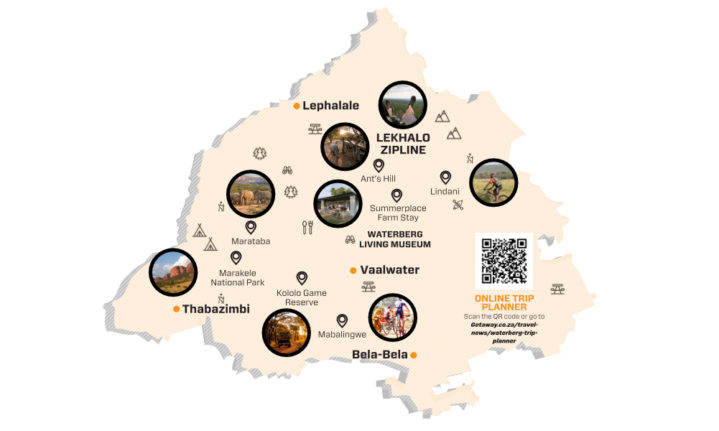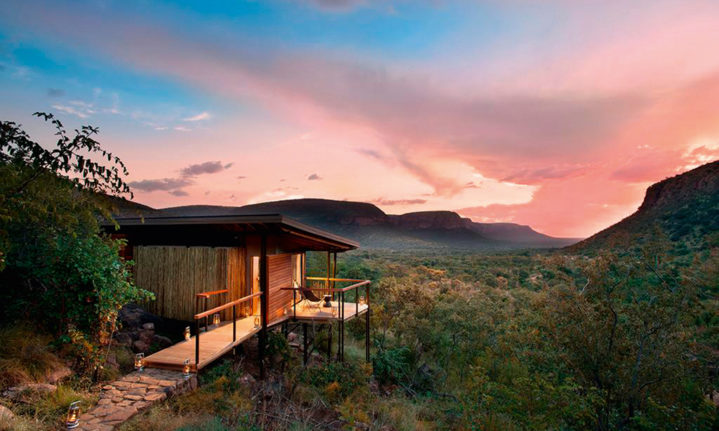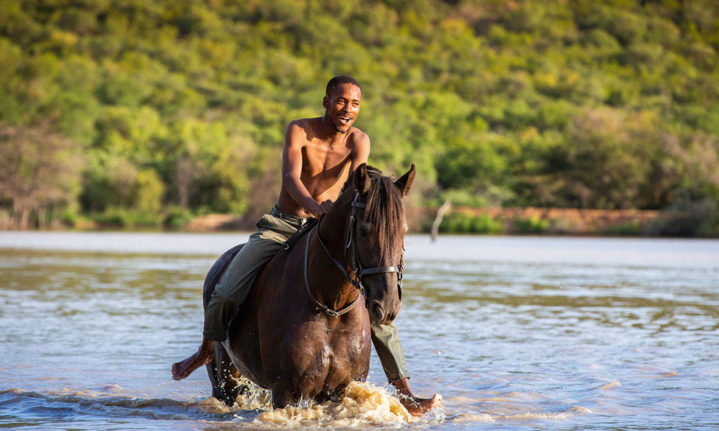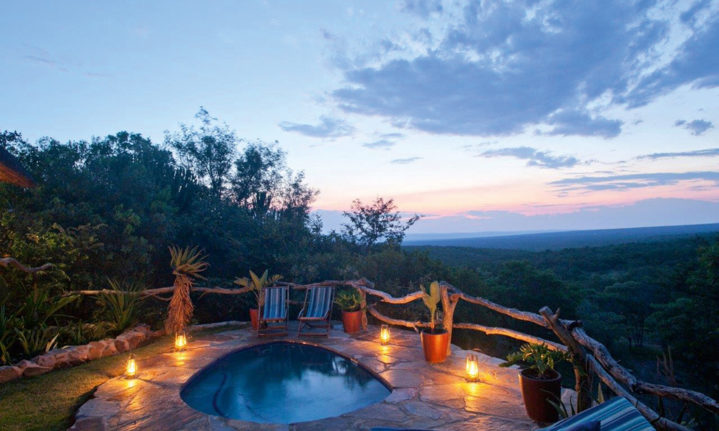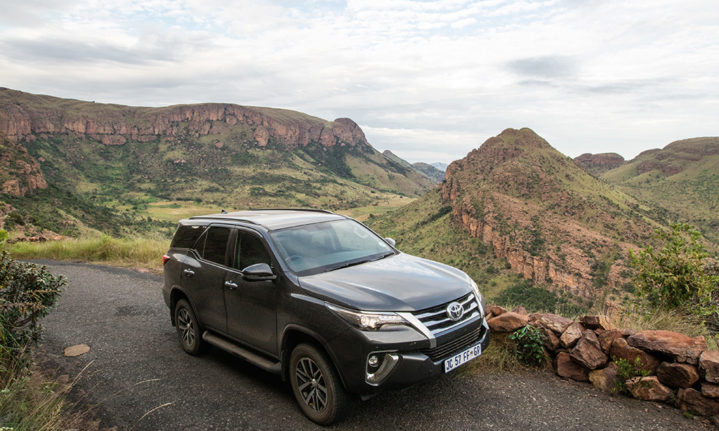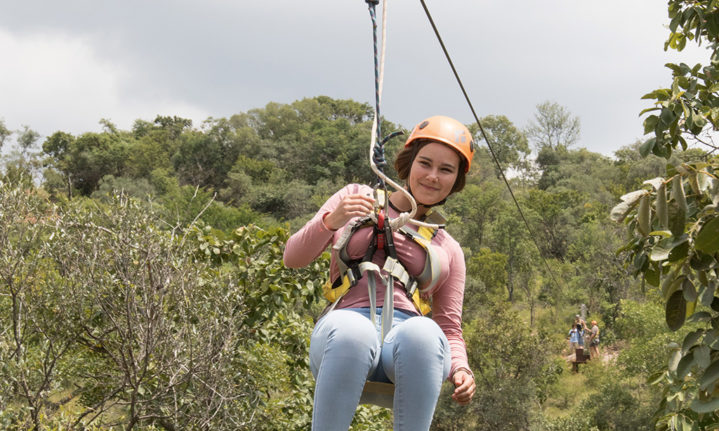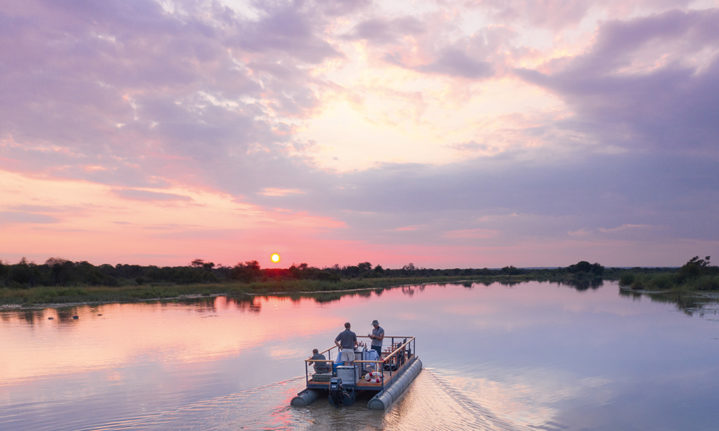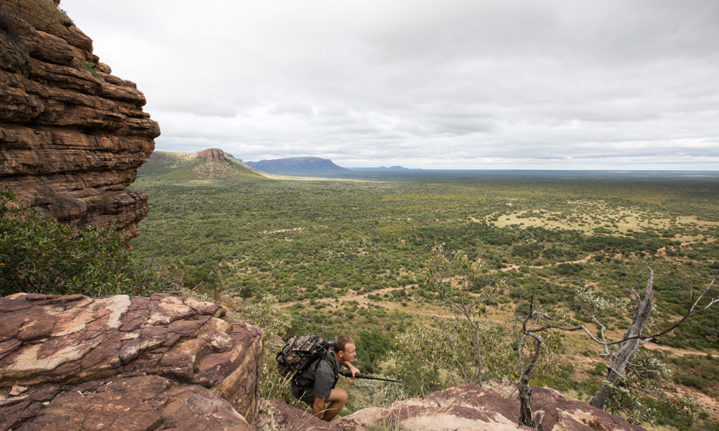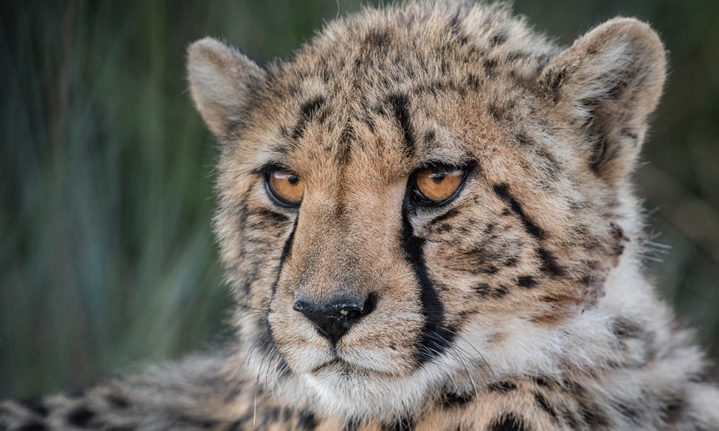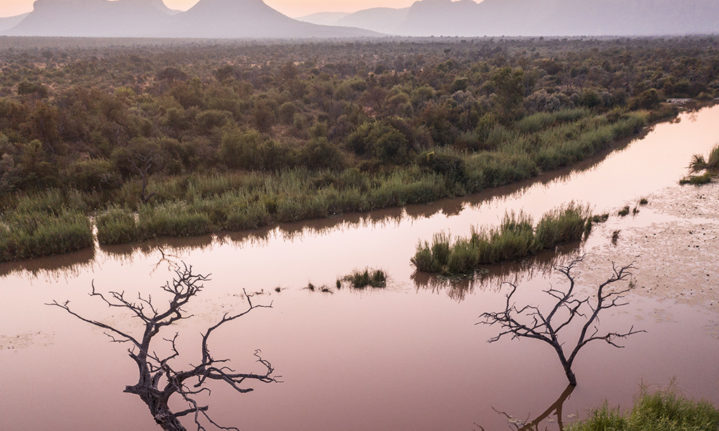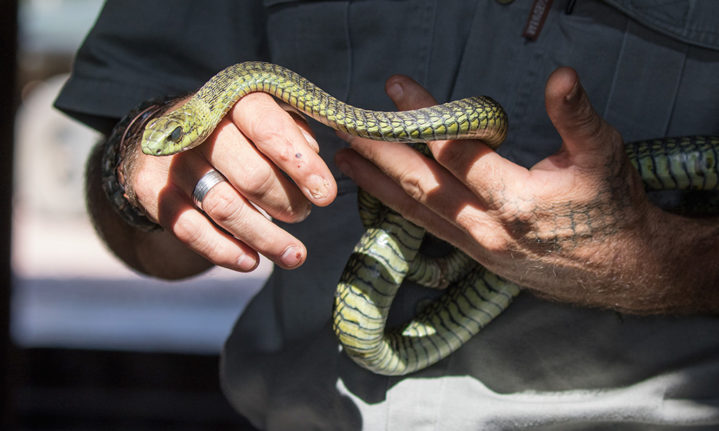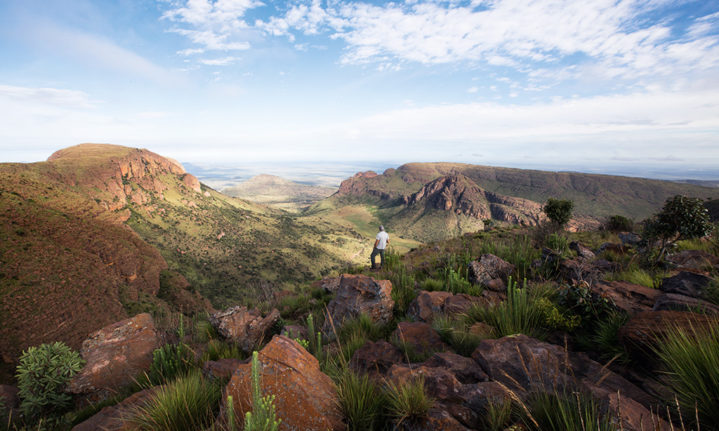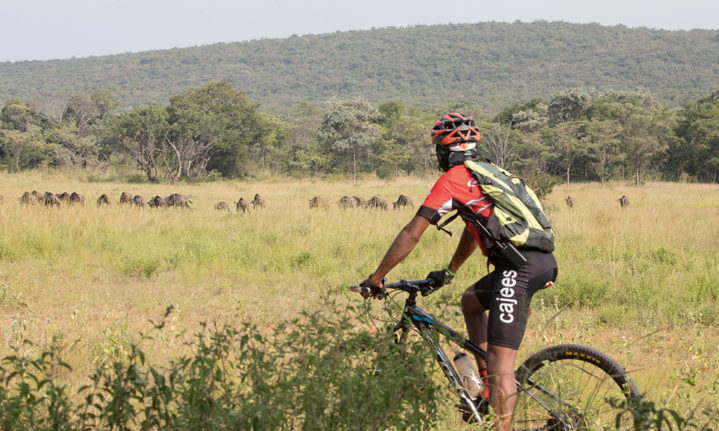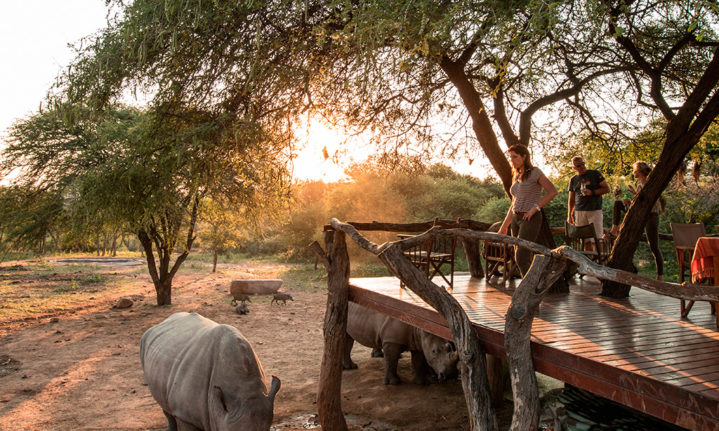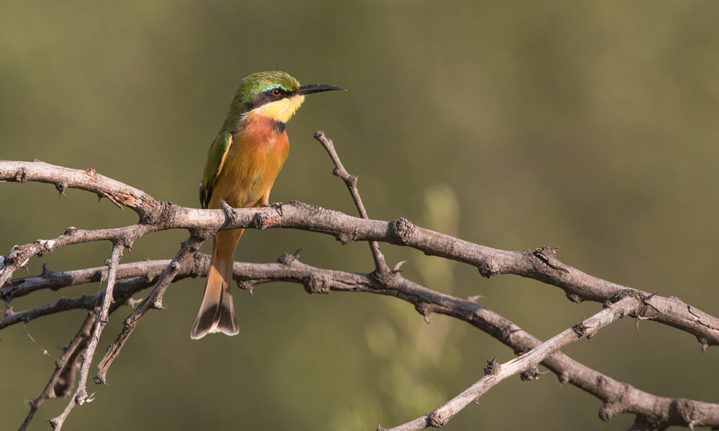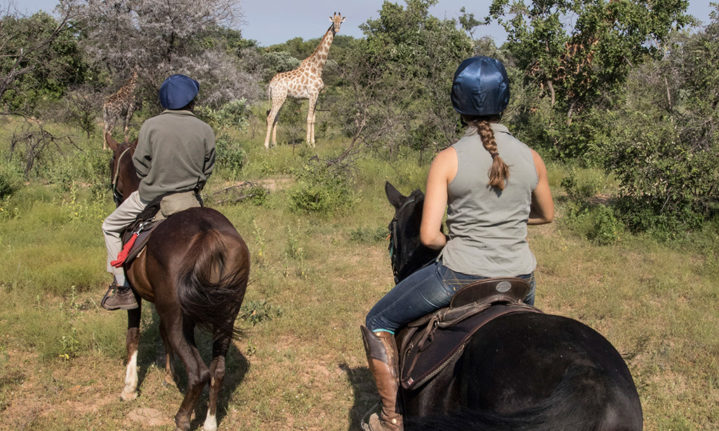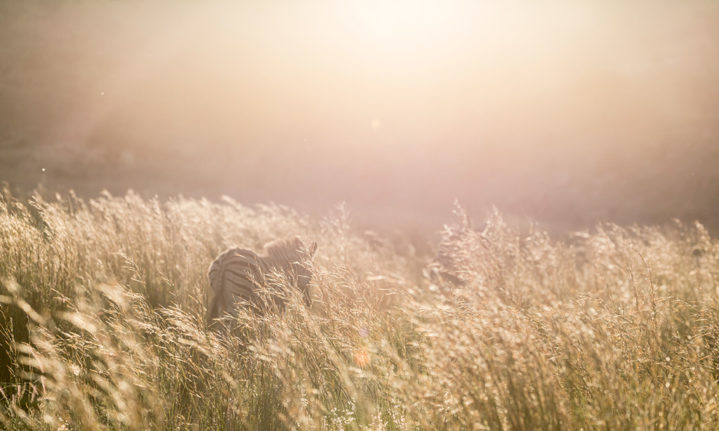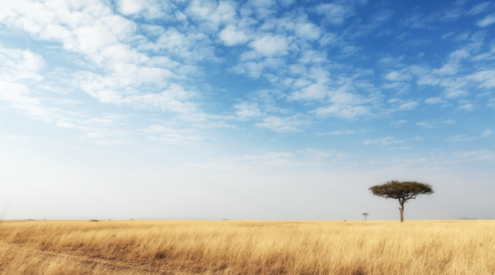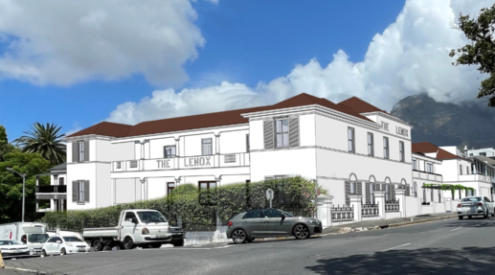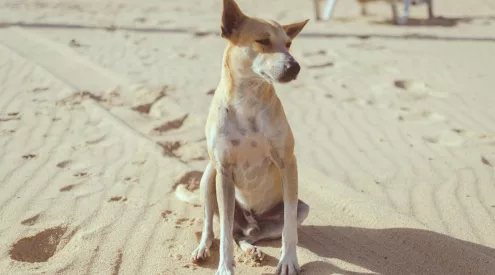Once an overgrazed plateau, the Waterberg’s wild habitat has been resurrected, making it one of South Africa’s premier wildlife destinations. Anton Crone discovered some of the most adventurous ways to explore it.
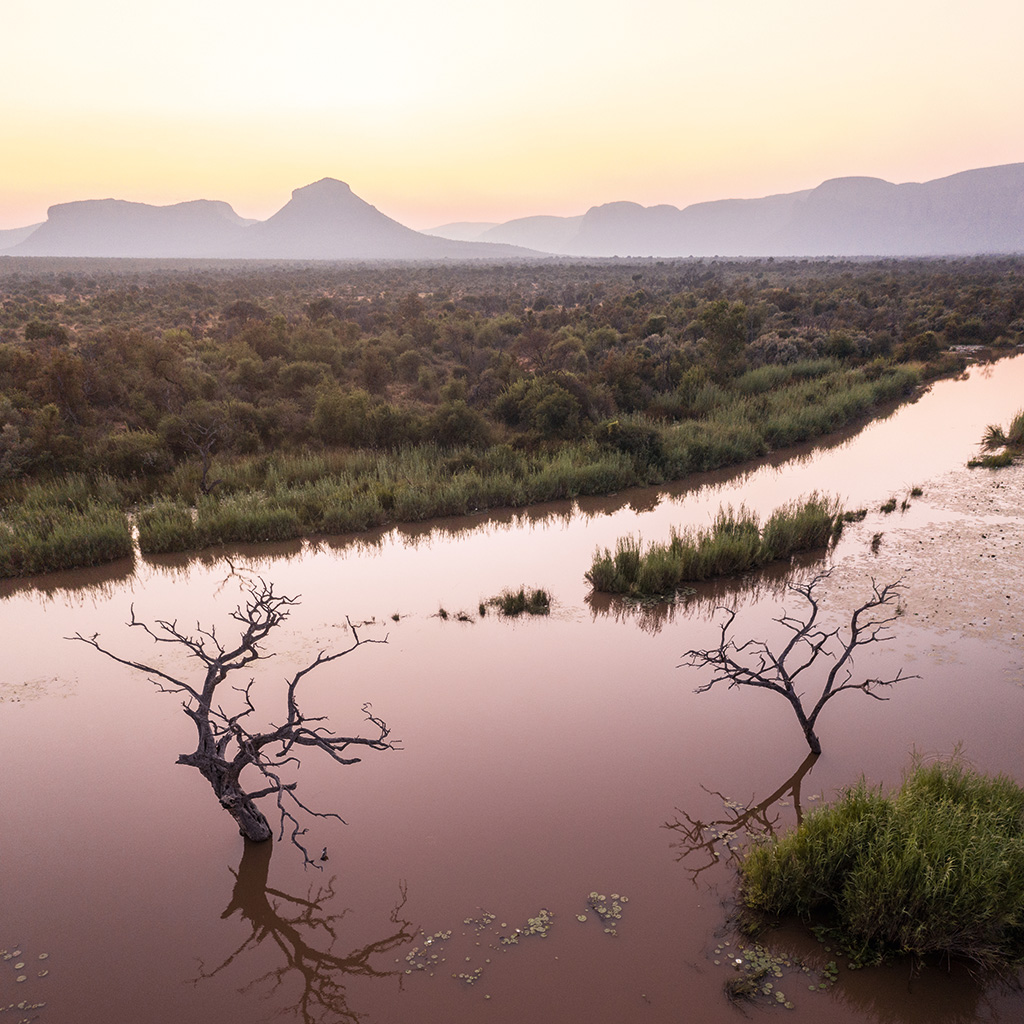
Designated a UNESCO Biosphere Reserve in 2001, these iron-rich mountains and bounteous rivers are home to a remarkable conservation story.
Entering the Waterberg massif is like parting the curtains on a stage where the actors are a menagerie of marvels and misfits set among wild beasts, their backdrop a rotating vista of brightly painted rock faces and open plains.
After driving a couple of hours north of Joburg, I left the N1 and headed west. The folds of the Seven Sisters were drawn upon the horizon and I was swallowed by a valley in those voluptuous hills where the radio crackled and died. It would be 10 days before I turned it on again.
The iron-rich soil changed to rusty orange the higher I went, eventually levelling out on a plateau where the town of Vaalwater lies. This small hub has just enough stores and eateries to keep locals and tourists from having to travel beyond the rim of this enormous biosphere.

Ken Maud is the founding director of Waterberg Tourism and I recognised his cheerful face among the patrons at Siringa Tree Café – Ken’s second office. We pored over a map, planned my route and watched game farmers in two-tone khaki sipping latés alongside tourists.
As overgrazing wrought havoc on the Waterberg ecosystem, land owners began restoring the natural habitat to sustain wild animals. Eco-tourism has taken hold and adventure travel is now on the rise. One of the most adventurous ways to experience wildlife is to walk among it – even if it’s not on your own legs. So Ken sent me in the direction of Ant’s Hill which, along with sister lodge Ant’s Nest, offers horseback safaris in the wild.
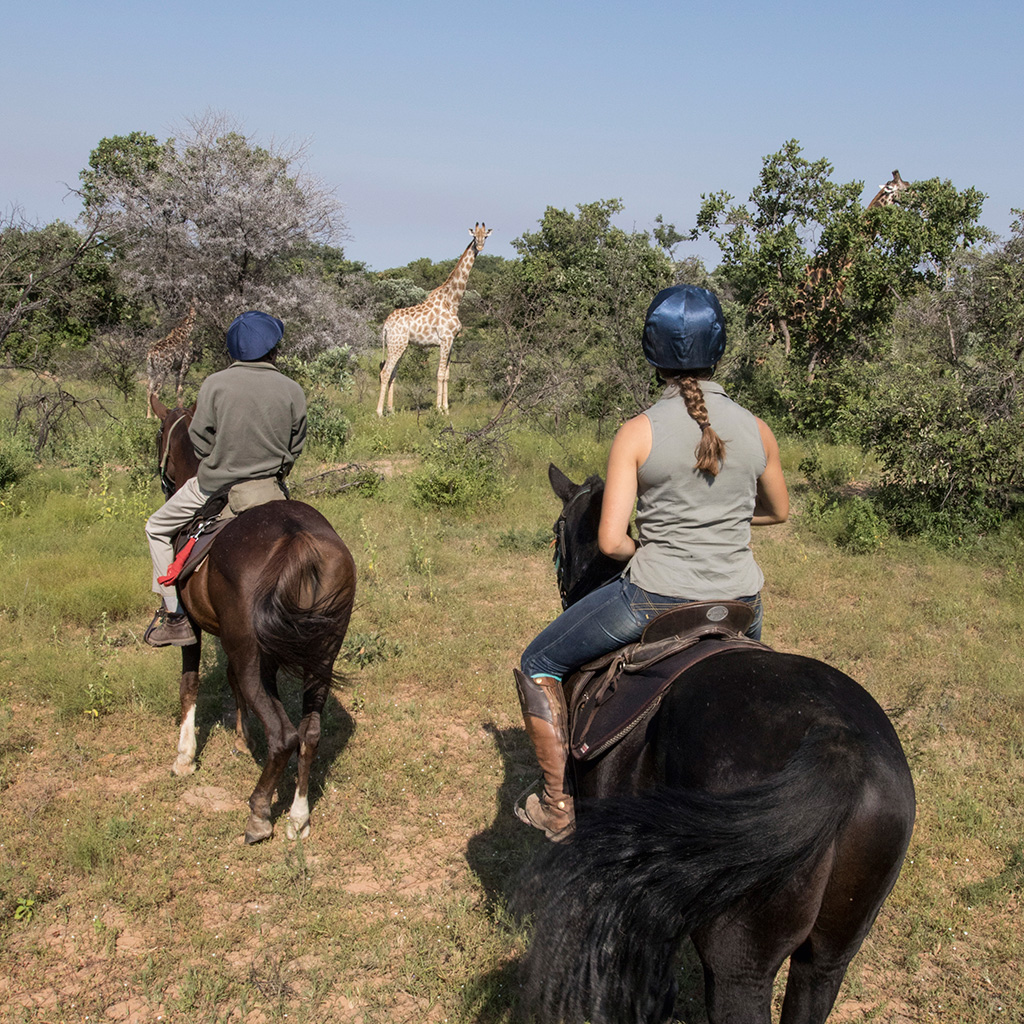
’We come in peace’. Friendly encounters of the four-legged kind at the Ant Collection.
Owners Ant and Tessa Baber keep about 90 horses. I was nervous to get in the saddle, but that disappeared the moment I found a docile steed. The other four-legged creatures we met were just as relaxed. Giraffe bulls loped towards us and, on realising we came in peace, went about their tree-trimming business. Our posse came across zebras, sables and a bachelor herd of rare roan antelopes knee-deep in a dam where we swam with our horses before cantering back to the lodge, whooping like cowboys.
Ant’s Hill is perched on the edge of a waterfall that empties onto the plain below. Guide Craig Robinson and I walked along the stream following an African paradise flycatcher, one of three pairs that nests here. Craig was also on the lookout for snakes, a passion he would soon demonstrate.
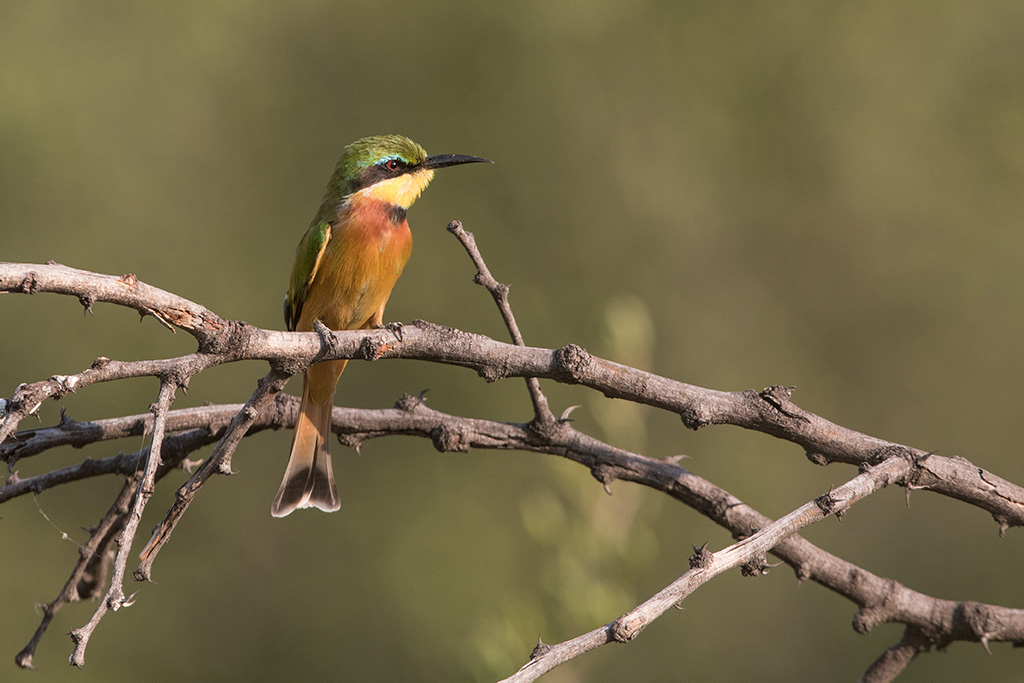
This little bee-eater is one of more than 340 bird species recorded in the Waterberg.
In the lodge that afternoon, my skin tingled as a carpet python coiled around my neck before winding its way to the next guest. Our fascination turned to incredulity as Craig revealed a series of increasingly venomous beasts: a gaboon viper, forest cobra and a boomslang. His hand is tattooed with a snake-scale pattern near a wound from a saw-scaled viper that nearly ended his life. For his last act, Craig conjured an enormous black mamba, a slithering exclamation mark whose head he held fast so we could gaze into its deadly mouth.
Driving to Ant’s Nest that evening we first enjoyed sundowners on a deck in front of the lodge. Rhinos appeared in the gloaming followed by a cohort of rangers who fed these prehistoric beasts. We stood centimetres above.
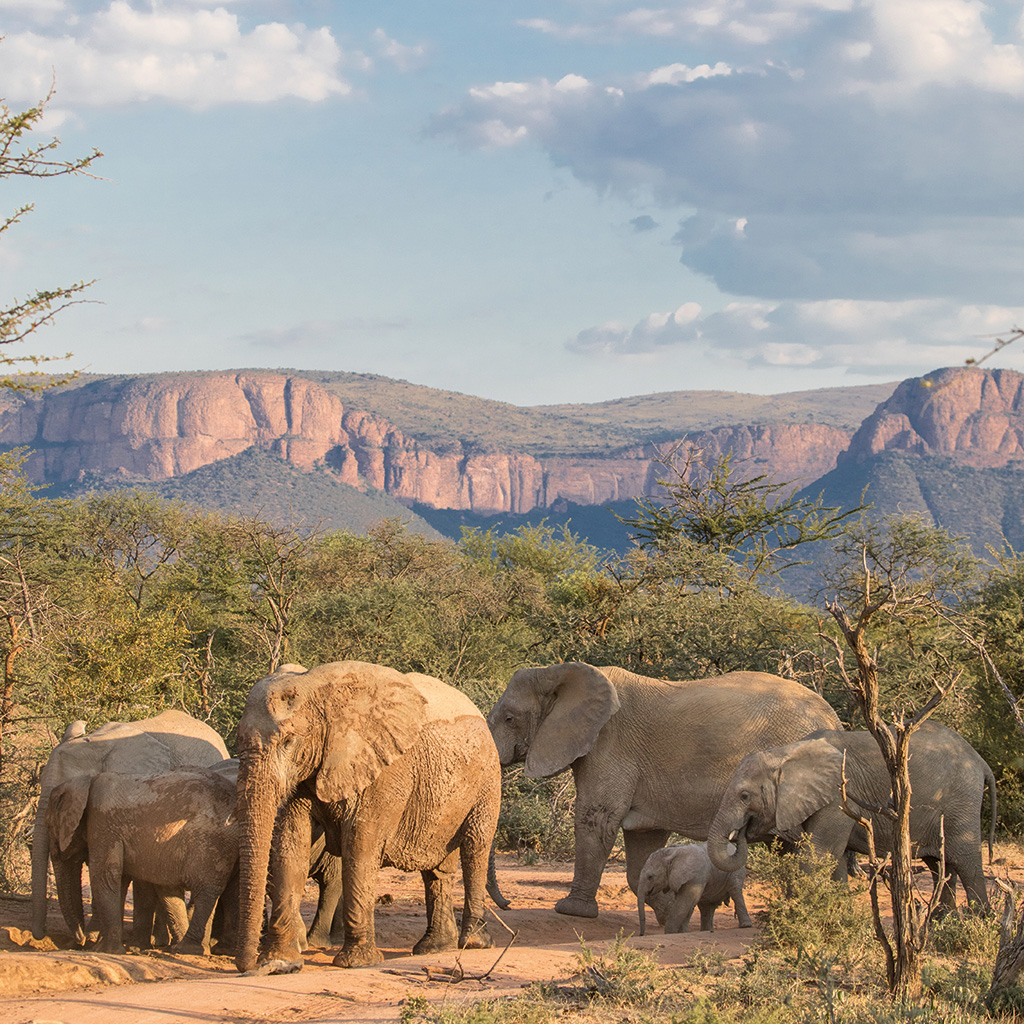
Conservation initiatives at Marataba, a 21 000-hectare privately managed section of Marakele National Park, have seen wildlife rebounding in significant numbers.
them, relishing the sound of their grunts and birdlike cheeps as they vied for position. Craig explained that this feeding scheme made it simpler for the rangers to keep vigil on the endangered creatures as they seldom moved far from the lodge.
Another way to see these rhinos is to cycle over from Summerplace Farm, which belongs to Ant’s cousin, David Baber. Arriving there the next day, a race-ready Pyga mountain bike was thrust into my hands. I’d gone from riding a calm filly to a racing machine. David and his son Josh rode ahead and I was flat on my face within 100 metres after floundering in a sandy patch. My companions laughed, the quips kept coming, and I soon fell in with the Baber banter. What followed was a thrilling day on beautifully designed trails that covered every discipline of mountain biking. Josh is a competitive cyclist in South Africa’s cross-country series and they both demonstrated their skills on a long series of jumps. That evening I joined the family for dinner – David’s wife, Simone, and their other children, Ben and Lili, who’re also at the top of their mountain-biking game. Their combined love of the sport helped the Babers decide to give up livestock and turn this farm into a Mecca for racing-snakes, replete with challenging trails and comfy accommodation where riders can rest their aching bones.
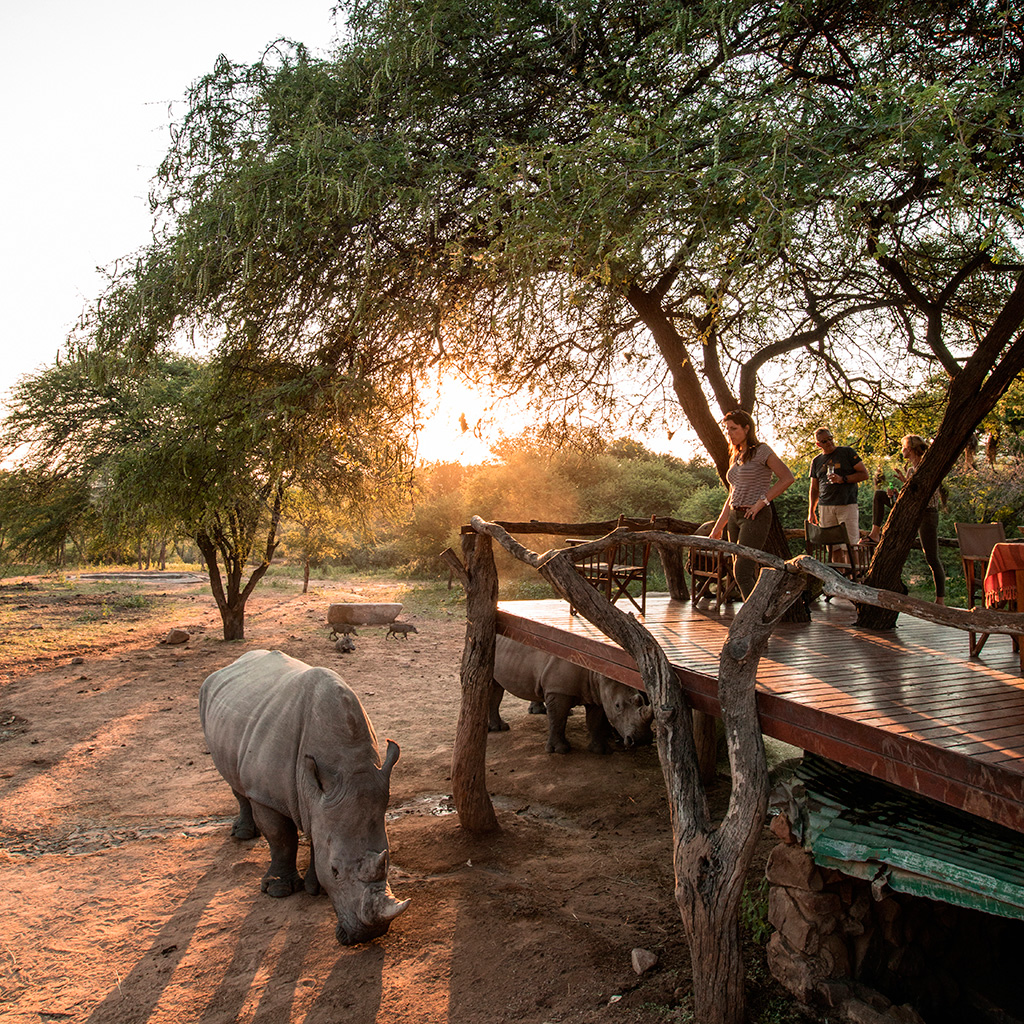
Intensive security operations have resulted in relatively low levels of rhino poaching in the area.
My time in the saddle was not over. The next day at Lindani game farm, guide Thabang Matlou’s aim was to cycle as much of the 3 200 hectares as possible with me.
Exhaustion made way for exhilaration. Leaving the hills we pedalled onto open plains where we rode beside wildebeests and zebras; spooked impalas, hares and a kudu that leapt across the track just in front of us before vanishing among the trees – Africa’s grey ghost.
By now, with muscles aching, I took to birdwatching the next morning. Lindani is remarkably diverse, ranging from hilly woodland and open grassland to riverine forest and reeds, attracting a great variety of birds. Bee-eaters vied with swallows as they plucked insects from the air, wattled lapwings darted along the river banks, and a pair of black-winged kites gazed at me with ruby red eyes.
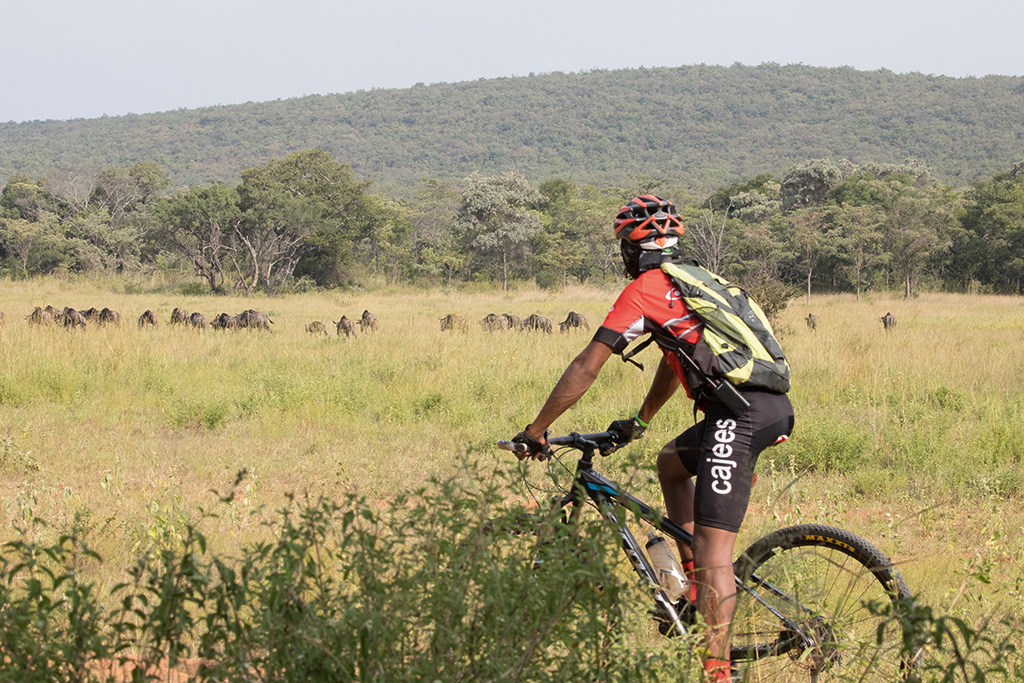
‘Tour de Lindani’ with local guide Thabang Matlou.
My imagination was doing cartwheels as Waterberg Living Museum curator, Anton Walker, guided me through six exhibition houses set in the veld, an immersive journey through time culminating in a retrospective of one of the Waterberg’s most renowned characters.
Anton’s father, Clive Walker, is best known for his conservation work, having founded the Endangered Wildlife Trust, Lapalala Wilderness Reserve and Lapalala Wilderness School, among others. He was also instrumental in securing the Waterberg’s status as a UNESCO Biosphere Reserve. The room was a tapestry of photographs and mag- azine clippings – four decades of wild adventure, the protagonist being a lively man with a humble smile. I was greeted by that same smile when I joined Clive for a meal in the museum café along with local author, Richard Wadley.
Richard is a former geologist, now retired to a local game farm. After moving here with his wife in 2005, he began looking into the undocumented history of the area. This became a decade-long passion resulting in a definitive book on the region, Waterberg Echoes. To get Richard and Clive in the same room is to invite grand repartee. In between banter I learned that the recent history of the Waterberg is one of pioneering folk seeking sanctuary for themselves and their beasts. The San who’d once lived in harmony with the environment were supplanted by Bantus and their livestock. Ngunis added even more cattle and the white settlers followed with intensive grazing, thereby devastating the ecosystem. By the middle of the last century, land owners began realising the benefits of restoring the natural habitat to attract wildlife, and so the Waterberg as we know it was (re)born. The wild flora has rebounded to such a degree that new botanical studies suggest this biosphere is almost as diverse as the Cape Floral Kingdom. Many of the items in the museum have been gathered by Clive, leading Richard to insist that he was an obsessive hoarder. ‘I’m a collector,’ he retaliated in mock defence. ‘Hoarding is a disease. Do I look sick to you?’ If hoarding is a malady then perhaps it’s a virtuous one. Accumulating the objects of one’s life pays homage to the paths one has travelled, and both Clive and Richard have walked many colourful roads.
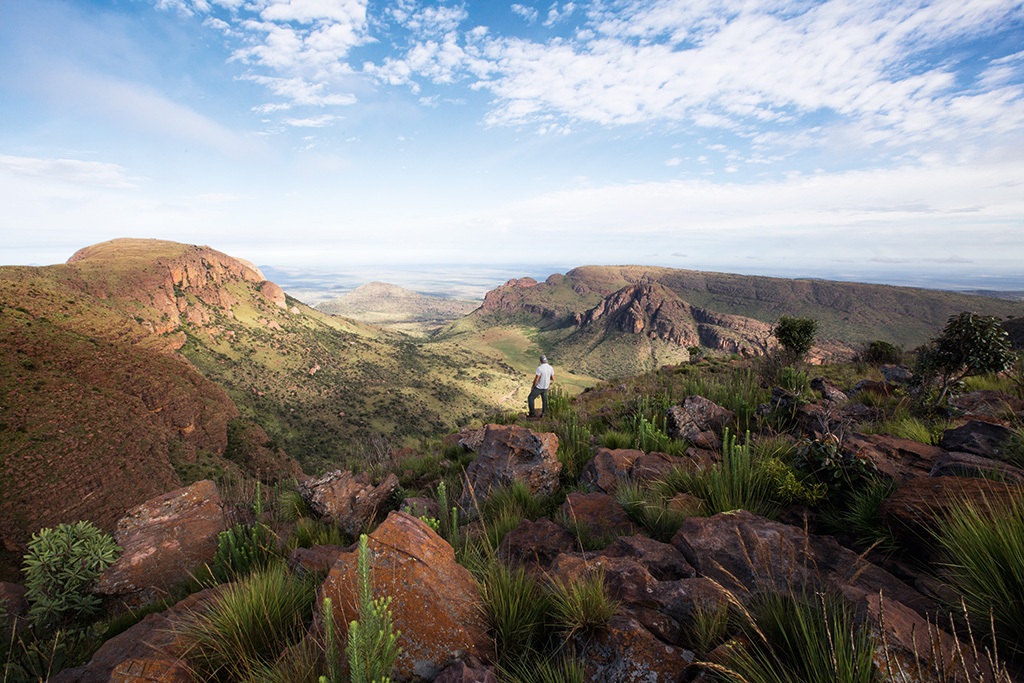
Marakele National Park can be viewed in its 67 000-hectare entirety with a drive up Lenong Pass.
I drove west in the afterglow of good company and rich history. I imagined wagon wheels cutting the first grooves into the earth, pictured our ancestors tracking antelope on the veld, the flight of arrows, the gallop of beasts. When I arrived at Kololo Game Reserve my mind was in full flight.
Kololo is unique in that you can walk or cycle freely among plains game such as wildebeest, giraffe and zebra, and it also forms part of neighbouring Big Five Welgevonden Game Reserve. At over 40 000-hectares, Welgevonden and Kololo cover an extraordinary range of habitats – hills carpeted by woodland, valleys cut by deep rivers, rolling savannahs, rocky scrubland and cliffs. I was able to slow down here, stroll along riverside trails keeping easy pace with browsing giraffes, or sit in a vehicle staring at somnolent cheetahs and lions.
My next destination was down a rocky, rutted road capably handled by my Toyota Fortuner. I skirted the south-western foot of the plateau constituting the highest mountains known as the Kransberg. The cliffs glowed dusty orange in the afternoon light and a number of Cape vultures rode thermals rushing up from the precipices. I soon entered Marakele National Park which is home to the largest breeding colony in the world with more than 800 vulture pairs nesting on its heights. Marakele means ‘Place of Sanctuary’ in Setswana.
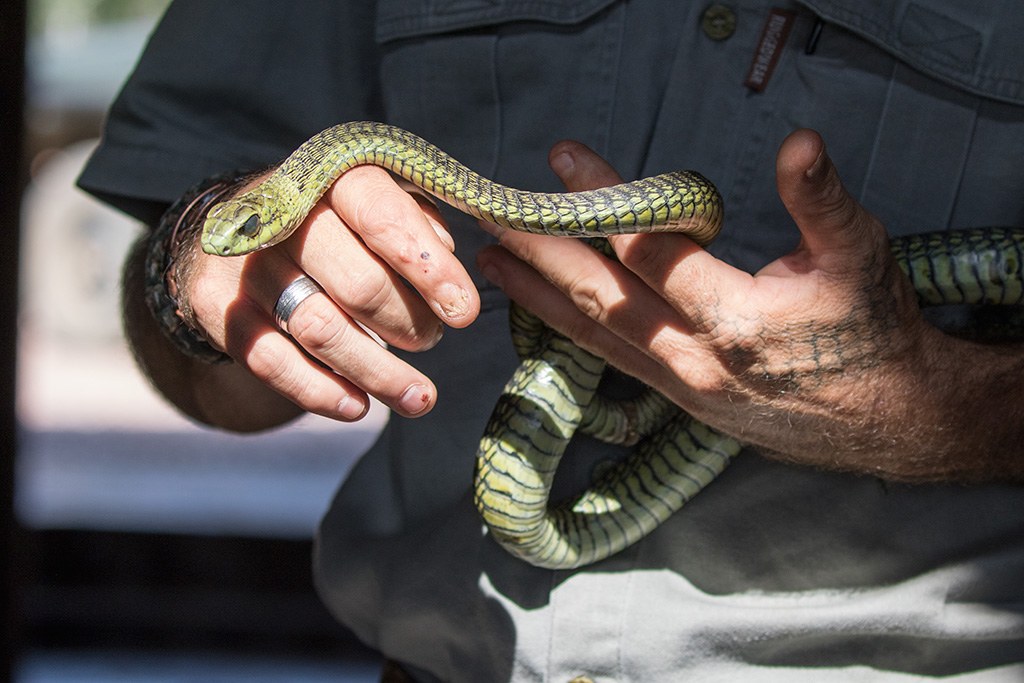
Boomslang anyone? No? Okay, let me introduce you to my gaboon viper instead.
The mountains blotted out the stars above Tlopi Tented Camp that night, but I could see their reflection in the water of the dam below. I nodded off in my chair, then the sound of a scops owl woke me, alerting me to the sight of a quarter moon breaking free of the Kransberg.
I drove up to the summit before sunrise to greet that great golden orb. Klipspringers danced along the edge of the road, and for a while I was stuck behind a dagga boy (buffalo) who was making his way to the juicy grass on the higher slopes. In a valley below, a baboon barked and was answered by his echo. As I reached the top, the sun burned through low cloud and the cliffs were tinged with light, a golden rim around the plains yet to awaken.
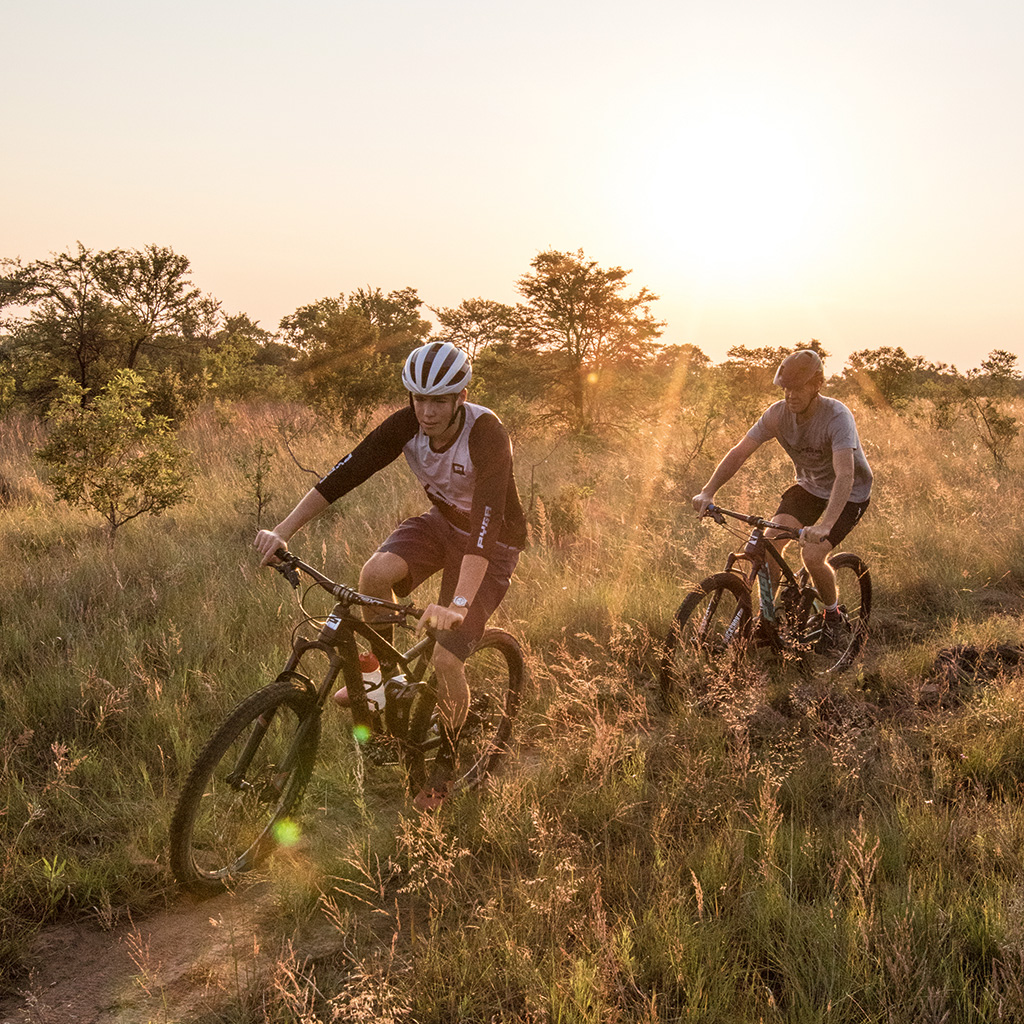
If you’re a racing snake with a hankering for challenging trails and sunet rides, Summerplace Farm is for you.
I made it down to the northern plain that afternoon where the Motlhabatsi River escapes the mountains and snakes towards the Limpopo. In places the river has been slowed by dam walls where it grows fat like a python after a feast. These remnants of farmland have been given over to the national park, and now it’s managed in partnership with safari company Marataba.
Aboard a flat-bottomed boat that evening, we glided on a perfect reflection of the pink sky. Hippos crashed through the surface, and guide Arie Swiegers pointed to the blue escarpment as the light left the summit. ‘Tomorrow we’ll head down that valley. The next day, perhaps up Diamant Hill.’

Welgevonden Game Reserve delivers on the big cats and much more, besides.
Driving along the course of the river next morning, we saw a cheetah and her cub hesitate at the water’s edge. Spooked by lions, they were contemplating crossing to safety but they eventually turned back into the enveloping grass. They’d made the right decision. We soon encountered lions on the opposite bank, saw elephants, buffalo and black rhinos, too. There were beautiful birds, more long-tailed paradise whydahs than I’d ever seen. Arie shut off the vehicle, hoisted his. 458 rifle and beckoned me to follow. Reaching a clearing, he knelt down to study the soil and picked up a dusty nugget of iron. Handing it to me he described what was once a smelting kiln. He outlined a dark orange patch of earth denoting the remains of a clay oven. We dug up more iron and the remnants of clay pots. As we wandered along, we saw the remains of kiln after kiln on the valley floor.
The mountains grew higher and the valley narrowed as we drove on. We stopped to climb up to a luxurious treehouse from where Arie and I scanned the slopes at the foot of the orange cliffs. We could see the remains of stone walls in the distance – Nguni people who were ultimately buried in their kraals beneath the hooves of their beloved beasts.
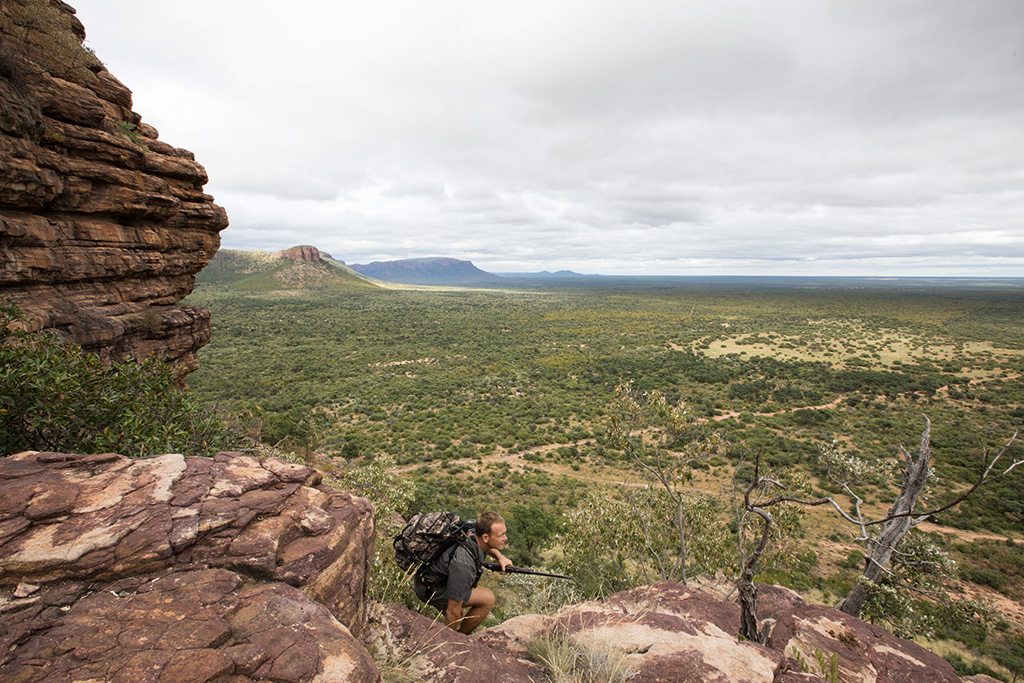
Marataba guide Arie Swiegers scales Diamant Hill on the hunt for archeological remains.
At the head of the valley we came upon Marataba Mountain Lodge, a hideout for hermits and hikers who want to escape the world without forgoing the luxuries. From here, a series of trails leads into the mountains and the nearby pools of the Motlhabatsi where you can wallow in the crystal water.
There was no trail up Diamond Hill so, after climbing a steep slope we reached a ledge on the rock face. There, beneath an overhang, we stumbled on a flat rock which had been ground down in the centre, almost certainly to mill grain. In a shallow gully, Arie found the rim of an ancient clay pot and we found more fragments indicating that they’d been washed down from above. To Arie’s knowledge, this hill hasn’t ever been explored by archaeologists and it made the find all the more exciting.

I don’t want to shake the boat, but have we run out of gin?
As I rubbed my thumb along a curve of the old pot, I imagined the hands that would have shaped it, fired it, filled it with grain and carried it up this steep hill. There might have been a small settlement on the summit, asylum from predators perhaps, or from warring or diseased tribes. Sadly, the light was fading, there was no time to explore further, but we stopped to look over the plains below and I imagined how this steep hill would have been a place of sanctuary.
The iron mountains receded in the rear-view mirror as I drove south to Joburg. I was returning to the present, the hustle, the grind, but it was strangely quiet. Hardly a car was on the road. I turned on the radio where the news crackled with the talk of Covid-19 and imminent lockdown. There was conjecture, panic, denial and fakery. For a moment, I thought I should stay in Marakele, abide with the ghosts in their sanctuary, the wildlife and the birds in the trees. But no, I’d be one too many. This was their time to breathe.
Trip Planner

Getting There
Vaalwater, the hub of the Waterberg, is just 2.5 hours from Joburg. Head north on the N1, turn left on the R33 and drive for another 72 km to reach the town.
Do This
Visit Waterberg Living Museum for a full understanding of this remarkable biosphere. Set in the veld where animals roam, the six exhibition halls cover natural and cultural history, including rhino conservation and prehistoric humans. 078 187 7782 themuseum.org.za
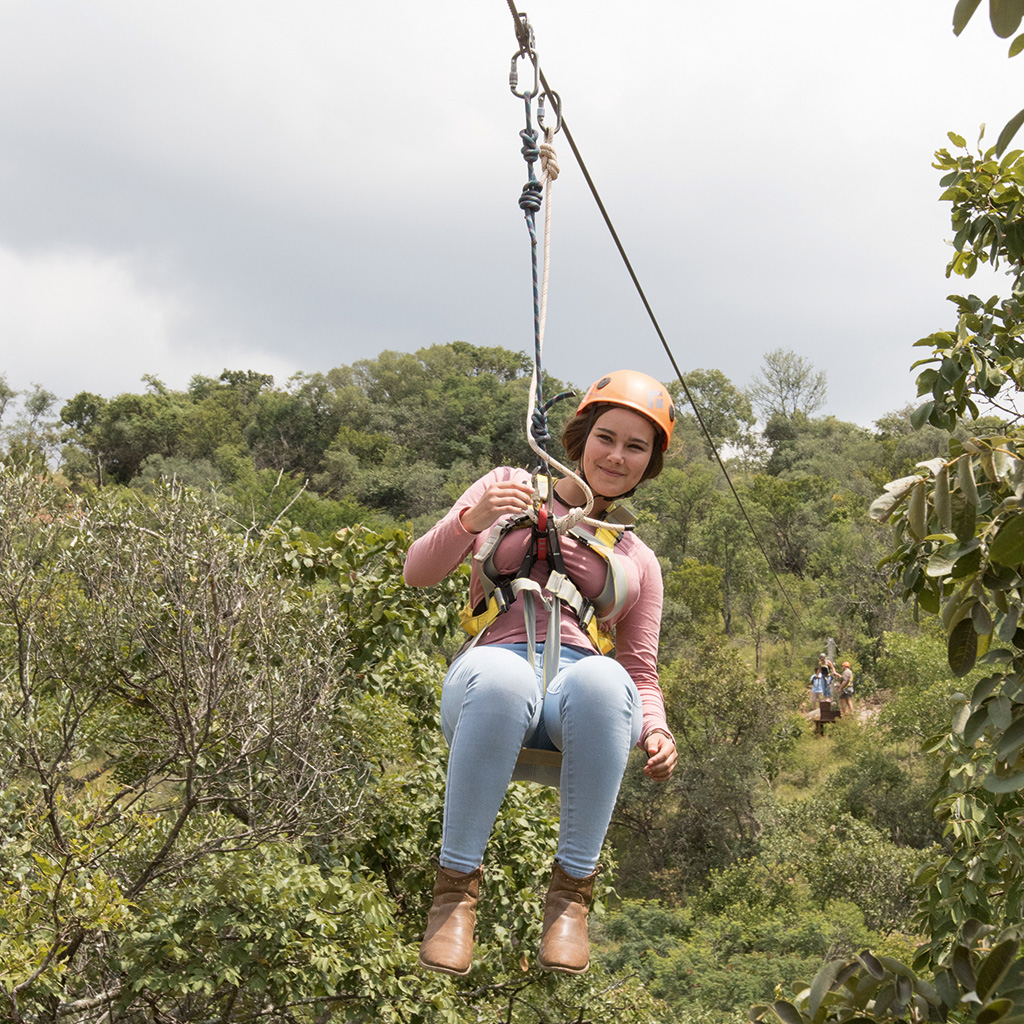
Fly over the Waterberg with Lekhalo Zipline – a two-hour tour with six exciting stages. Max 10 per group, R350 for adults, R200 for kids. 082 484 8622, lekhalo.co.za
About The Vehicle
Toyota Fortuner 2.8 GD-6

• SA’s favourite SUV
• Touchscreen Infotainment system
• Satellite Navigation
• Bluetooth and USB integration
• Keyless entry and start
• Leather interior
• 7-seat capacity
• Reverse Camera
• Active Safety Systems
• 2.8 litre GD-6 turbodiesel engine
• 130kW of power and 450Nm of Torque
• 6-speed Automatic Transmission
• Available in 4×2 & 4×4 variants
• 2.5 – 3.0 ton towing capacity
Stay Here
The Ant
Collection
Ant’s Hill has five cottages with wonderful views over the plains.
I recommend ‘World’s View’ which can take a family of five or two couples. Ant’s Nest has an African farm atmosphere with six suites and a separate rondavel – perfect for couples wanting a romantic escape. Both lodges offer horse riding, guided walks, game drives and cycling. From R6 000 per room. 083 287 2885, waterberg.net

Ant’s Hill
Summerplace Farm Stay is ideal for mountain bikers wanting to explore a variety of trails for all disciplines and ages. I stayed in Marula Cottage which sleeps four in two bedrooms. The Shed sleeps 10 in three separate units. Summerview is a large house with four bedrooms featuring a swimming pool and wonderful views. From R450 pp. 083 302 5123, summerplacefarm stay.com
Lindani has a tented camp and bush homes from two to 18 sleepers. A farm kitchen delivers freshly prepared food or you can self cater. There are a variety of mountain bike and walking trails where you’ll see a wide range of plains game and birds. Bikes can be rented, and game drives, cycling and walking guides can be booked .From R310 pp. 083 631 5579, lindani.co.za

Horseback riding at Ant’s Hill
Kololo Game Reserve has a large variety of plains game and various natural habitats linked by well marked walking and cycling trails. Guests can also book game drives and walking safaris in neighbouring Big Five Welgevonden Game Reserve. Accommodation ranges from two- to six-sleeper chalets. From R1 900 per unit. 014 721 0920, kololo.co.za
Marakele National Park is home to more than 280 bird species and is renowned for its mountain scenery. Tlopi Tented Camp, has 10 self-catering units (sleep 2) overlooking a dam, from R1 540 per unit. 36 campsites at the foot of the mountains are from R305 per site, as well as 10 tented units (sleep 2–4) with fully equipped kitchens from R1 380. 012 428 9111, sanparks.org
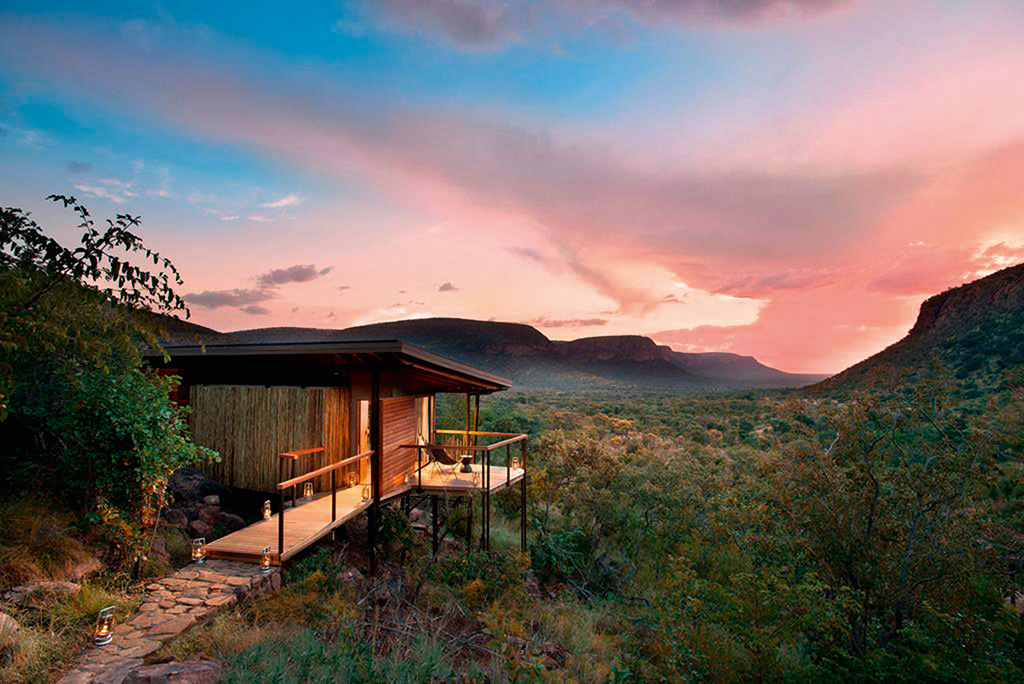
Marataba
Marataba is a private concession in northern Marakele. Mountain Lodge has seven luxury eco-suits with views down a deep valley. Safari Lodge has 15 luxury tented suites and family units on the edge of a river. Two new Conservation Camps, Founders Camp and Explorers Camp, offer enriching experiences in nature and participation in conservation projects. From R10 720 per night for 4 guests (min. 2 nights). 010 109 4900, marataba.co.za
Mabalingwe Nature Reserve is a holiday destination with family and nature at heart. Think Eco-tainment for the kids, game drives, 4×4 routes, walking trails, and more. Book a 3 night weekend breakaway from R1 350pp. 014 001 7011, mabalingwe.co.za










